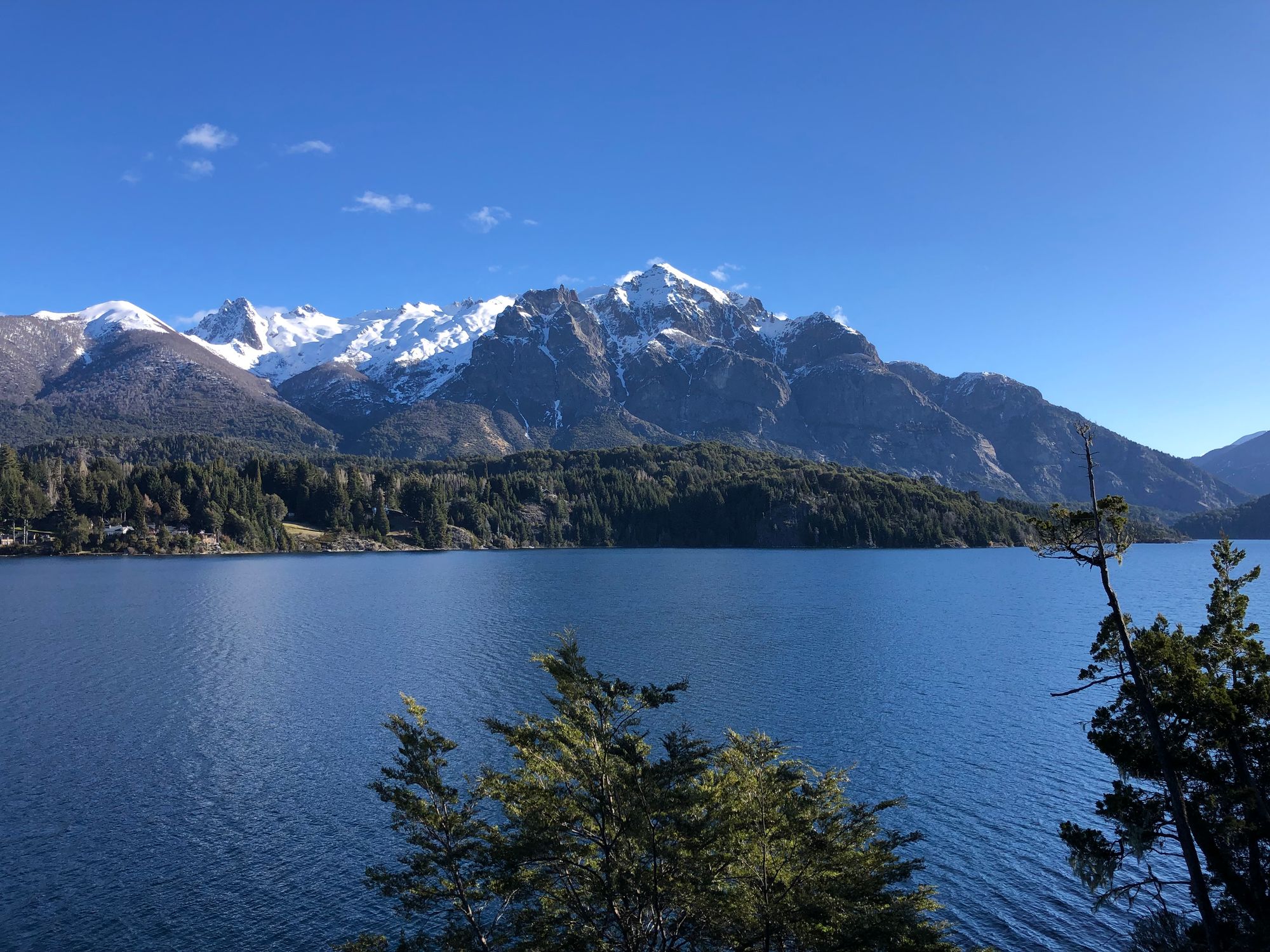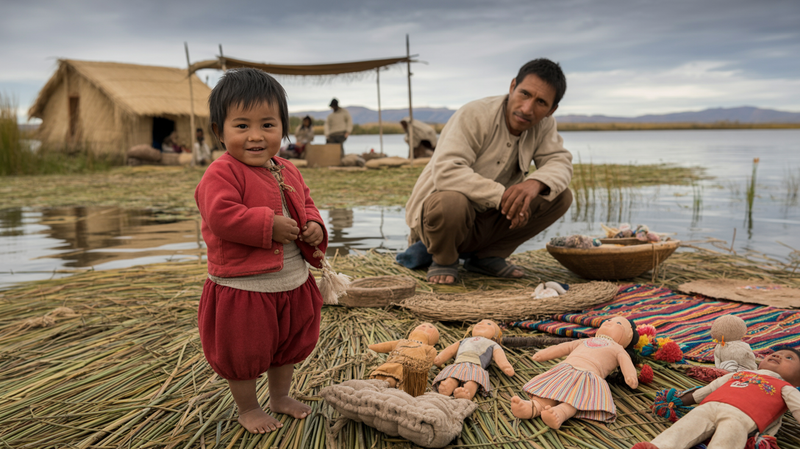Argentina's Nahuelito: The Loch Ness Monster's Patagonian Twin
Nestled deep within the peaks of Patagonia, the pristine Nahuel Huapi Lake isn't just a breathtaking sight; it's also home to an enduring local legend. A mythical creature akin to the plesiosaur, called Nahuelito, has allegedly inhabited these waters for thousands of years, sparking intrigue and

Nestled deep within the peaks of Patagonia, the pristine Nahuel Huapi Lake isn't just a breathtaking sight; it's also home to an enduring local legend. A mythical creature akin to the plesiosaur, called Nahuelito, has allegedly inhabited these waters for thousands of years, sparking intrigue and becoming a symbol for the local community.
This captivating Argentine cryptid has been sighted countless times from San Carlos de Bariloche's banks. The city, a prime gateway for Patagonian tourists, is about the size of Topeka, Kansas. Yet, it has wholly embraced the Loch Ness lookalike. According to local filmmaker Miguel Ángel Rossi, Nahuelito is their "most emblematic symbol." Its mention instantly paints a picture of the towering Andes Mountains, glistening rivers, and serene lakes of Patagonia.
The origins of Nahuelito remain, much like the creature itself, cloaked in mystery. The indigenous Tehuelche people have long passed down tales of a gigantic creature named El Cuero, lurking beneath Nahuel Huapi's waters, a giant stingray-like monster that devours its victims.
Early Portuguese sailors of the 16th century claimed sightings of other colossal creatures in Patagonia, naming the region "Pata-gão," or "big foot" in Portuguese. These narratives, coupled with later additions from 19th-century immigrants, began to shape the regional lore.
By the 1920s, the modern incarnation of Nahuelito had emerged — a long-necked, prehistoric leviathan. The first descriptions came from American gold miner Martin Sheffield in 1922. His tales of the "long-neck, swan-headed creature" inspired a hunting expedition led by Buenos Aires Zoo director Clemente Onelli. Although unsuccessful, the widespread publicity forever solidified Nahuelito in the public consciousness.
Prominent media outlets soon breathed life into the creature's image. Newspapers like La Nación portrayed Nahuelito as a colossal plesiosaur, a portrayal soon embraced by national and international media alike.
A significant turning point came in 1923 when a model of Nahuelito, constructed from wood and burlap, featured in Bariloche's Carnival. The rideable Nahuelito, a creation of Italian immigrant Don Primo Capraro, was an instant hit with children. The festivities' images, published in La Nación, forever tied Bariloche to Nahuelito.
Today, Bariloche pays homage to its mythical inhabitant with a dedicated park. Filmmaker Rossi states that Nahuelito's presence permeates the city, being discussed in gatherings and even gracing local product packaging. Rossi himself, a lifelong fan of the creature and its lore, plans to explore the sightings and myths further in a new series. As he continues his vigil on Nahuel Huapi's shores, he, like many others, hopes to one day catch a glimpse of Nahuelito's long-necked silhouette, keeping the intrigue and allure of the Argentine cryptid alive.




